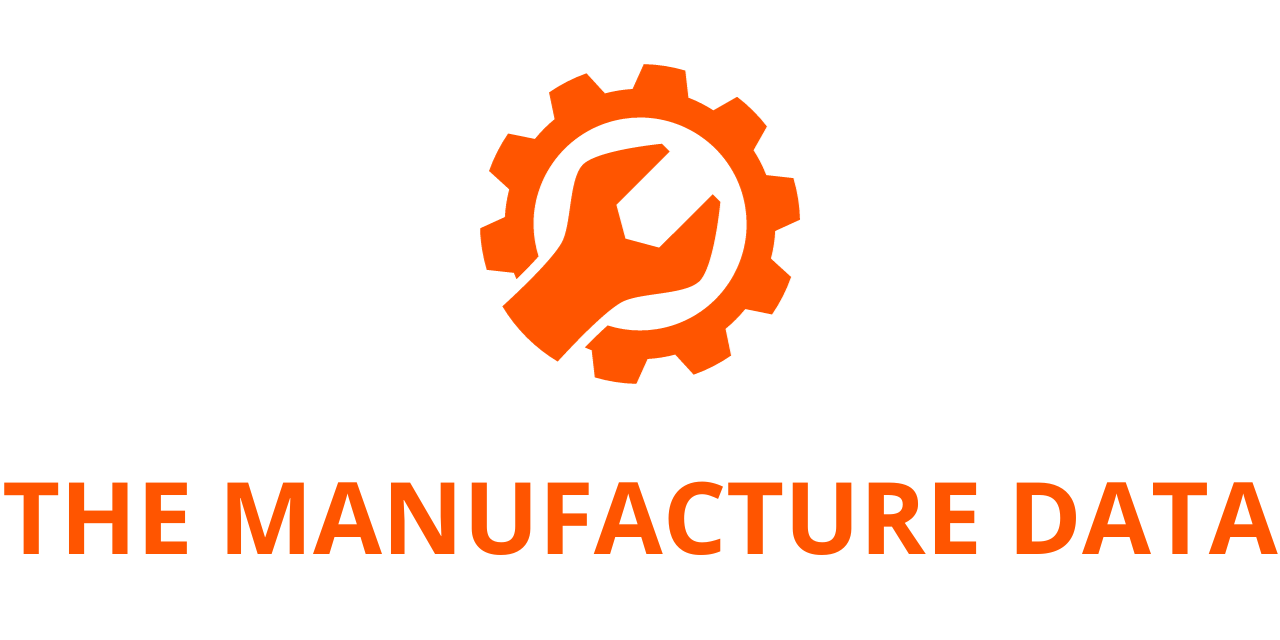
Mercedes-Benz Special Trucks and Mörtlbauer Baumaschinen Vertriebs GmbH jointly showcased their two prototypes as part of the “WaVe” development project, which aims to research hydrogen combustion engines for special-purpose vehicles. The Unimog test vehicle and crawler demonstrated their driving and working capabilities at the Mörtlbauer factory premises in Fürstenzell, Bavaria. This demonstration marked the conclusion of a project funded by Germany’s Federal Ministry for Economic Affairs and Climate Action, where Mercedes-Benz Special Trucks and Mörtlbauer, along with 16 other consortium partners, developed two hydrogen combustion engines. These drive systems have been in use for over a year for various tests in the Unimog implement carrier, and the dump truck crawler has been operational since spring 2024, proving effective in initial application-specific tests.
Franziska Cusumano, Head of Mercedes-Benz Special Trucks, stated, “The final event with our partner Mörtlbauer highlighted that both vehicles have reached a highly satisfactory development stage within just three years. After numerous tests, emission measurements, and technical refinements, we are confident that hydrogen combustion for high-power work machines is practical, efficient, and very low in emissions.”
Armin Mörtlbauer, Managing Director of Mörtlbauer Baumaschinen Vertriebs GmbH, added, “Our crawler and the Mercedes-Benz Special Trucks Unimog can be easily refueled with gaseous hydrogen and operate reliably with various implements, thanks to the excellent cooperation in this research partnership. We have gained valuable experience and data, but further efforts are necessary for series production. If the government and society support the transition to hydrogen combustion engines, we are prepared to proceed.”
The specially converted Unimog U 430 implement carrier transported the crawler on a low loader to the event at the Mörtlbauer premises. After a short drive on its tracks, the developers demonstrated the refueling process at a mobile hydrogen refueling station. The Unimog also showcased implement operation with a front-mounted sweeper from Schmidt.
One of the key challenges with such vehicles is ensuring that the respective implement can be operated via a power take-off while driving, which usually requires sustained high power output. Using the two vehicle prototypes as examples, the WaVe project team demonstrated that the hydrogen combustion engine is particularly well-suited for such applications. The hydrogen combustion propulsion concept ensures low emissions during driving and working while maintaining consistently high engine output.
Under the Hood of the Prototype Vehicles
The Unimog and crawler are equipped with a medium-duty engine specially converted for hydrogen propulsion, featuring customized pistons, a hydrogen-compatible intake system, and an optimized ignition system. Hydrogen combustion in the engine compartment of the Unimog and crawler produces water, discharged as hot steam via the exhaust system.
The Unimog’s four TÜV-certified, 700-bar high-pressure tanks hold around 13 kilograms of gaseous hydrogen. The engine delivers approximately 290 hp / 1000 Nm, comparable to a 300 hp diesel variant in terms of output and torque. The prototype was tested with various attachments to incorporate real-life insights into development.
The crawler dumper achieves similar values with its hydrogen combustion engine: the engine output is nearly identical, and the fuel tank holds 14.5 kilograms of hydrogen at 700 bar. The crawler has a bed capacity of 16 cubic meters and can carry a payload of 30 metric tonnes. With its dozer blade and 360-degree rotating body, the crawler can be used flexibly to transport loose bulk material.
The “WaVe” Development Project
The hydrogen combustion engine test vehicle was developed as part of the publicly funded “WaVe” project. Funded by Germany’s Federal Ministry for Economic Affairs and Climate Action, the project was realized by 18 partners from industry and science, starting in July 2021. After a year of planning and preparations, development work on the prototypes began in mid-2022. The WaVe project’s objective was to develop a hydrogen-based drive system for working machines to replace conventional diesel engines. It demonstrated that hydrogen-powered vehicles and working machines could be used similarly to current diesel engines with only minor drivetrain modifications.




